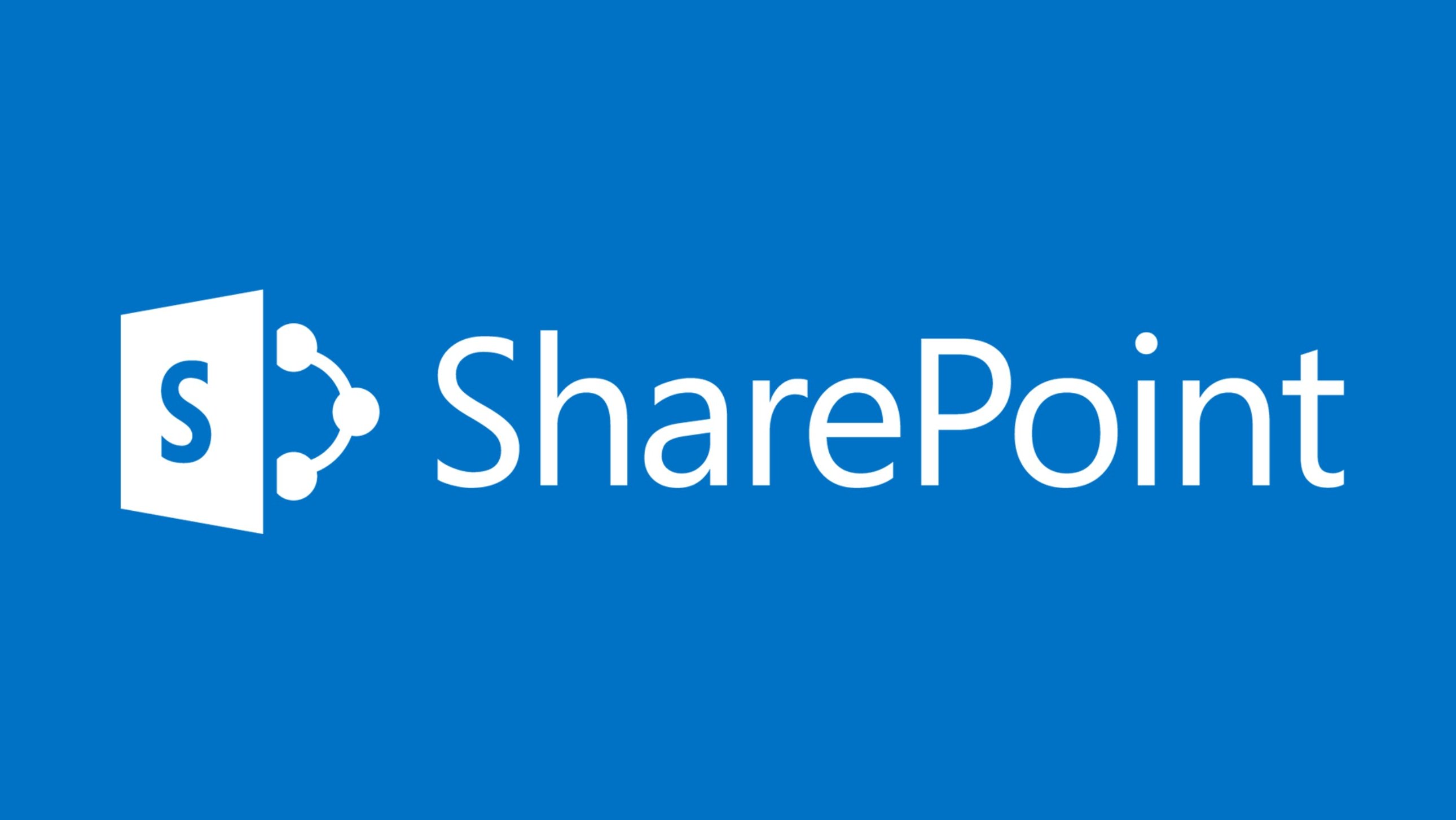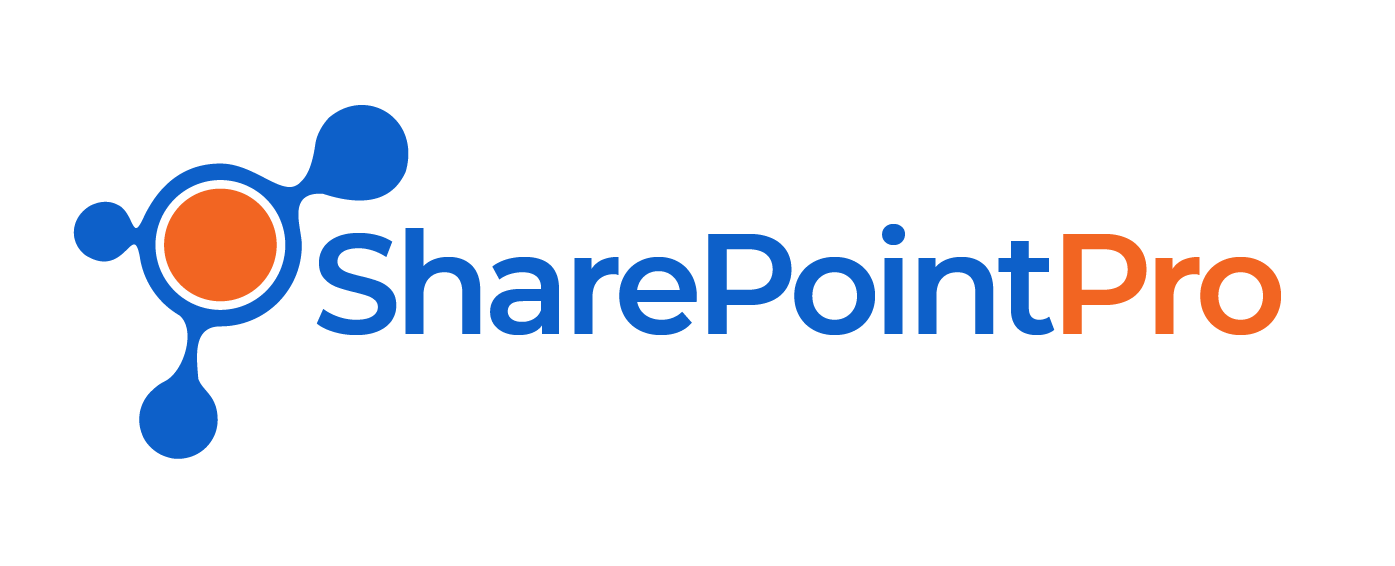
Microsoft clearly prioritized development in its release of SharePoint 2016, and the effects are obvious. Both front and back-end developers have seen much TLC from Microsoft, as they continue to encourage enhanced customization along with basic user customization. So, how can you use this new version of SharePoint to complement and boost your business? Here we take a look at some of SharePoint 2016’s new developmental features that are sure to excite employers and employees alike.
BASIC USERS
PowerApps, Flow, and Site Templates
SharePoint development may appear complex to everyday users; it may look as though it requires a wealth of programming, data and analytics education. There may be some truth to this, however SharePoint 2016 nonetheless offers users never-before-seen levels of customization that make its usage incredibly easy and intuitive, even for those who may not possess a Ph.D. in computer science.
PowerApps
Want to create and share apps from existing datasets? Look no further than PowerApps. With PowerApps, there is no coding necessary at all. Cloud-stored Excel files, SharePoint Lists, and SQL Azure Tables are all included in these datasets. Apps for mobile and desktop use are completely optimized, and they present data intuitively in a highly-visible and easy-to-read format. Firms of varying size and resource capabilities can easily develop their own personal line-of-business apps with PowerApps.
So, what kind of PowerApps are there? Well, it depends on what you want! You can create something simple and to-the-point like an employee survey or event-signup app. Alternatively, you could create something much more intricate and important to your day-to-day business, such as mobile-based CRM or ERP apps that would be able to directly connect to on-premises systems for comprehensive synergy and control.
Microsoft Flow
Microsoft Flow allows users to create seamless workflows between their applications, which includes those invented with the aforementioned PowerApps feature. Flow allows users to automate their file synchronization, collect data, and receive important notifications. General workflows can be created for common and menial work tasks by using purpose-specific, customizable templates. The platform API can additionally be expanded, tailor-made to specific requirements, and shared within the relevant Microsoft Flow community. You could use workflows, for example, to receive a text notification when certain emails are received in your Outlook inbox. You could also save any incoming data to a CSV file in Dropbox for future review.
Site Templates
SharePoint has finally brought back its much-beloved templates, though they have updated them for the 2016 release. Templates are available for a multitude of sites. This includes Team Sites which allow you to share documents between team members; Document Center Sites which act as centralized data libraries; and Publishing Sites which allow you to create communication centers, intranets, and regular public websites. The templates all have specific aesthetics and feels that complement their intended end-use, greatly enhancing the UI and UX, as they become tailor-made for specific audiences, per se. This inevitably simplifies the development process, increases productivity, and saves time in the back-end for web developers and the likes. It’s a win-win-win!
FRONT END
Flow API, SharePoint Framework, and SharePoint Workbench
SharePoint, at its very core, is a client-side developer’s dream; it facilitates the complex and intense configuration necessary for processes and workflows (specific to certain firms) that assist businesses in getting the upper hand on their competitors. SharePoint 2016 offers you a plethora of apps that can be tailor-made for your organization. Their convenience, reliability and developer-friendly qualities make SharePoint 2016 even more attractive to firms, as well as its aforementioned intuitive and aesthetically-pleasing templates.
Flow API
The Flow API can effortlessly be extended to meet customer demands for projects that necessitate complex and intricate workflows that surpass the basic templates included with standard versions. Custom APIs can be created and connected, and can then be shared with all the relevant Flow users. Similarly to the templates, Custom Flow workflows can be embedded within apps wherever it is deemed necessary. A convenient network of developer Flow APIs is being continually developed by Microsoft. This network can be employed to allow users to interact with Flow in efficient and productive manners.
SharePoint Workbench
SharePoint developers are now handily equipped with the SharePoint Workbench feature. Microsoft’s convenient workbench tool allows developers to test their coding on an offline and secure platform before updating their Team Sites and making the changes live.
SharePoint Framework
Microsoft continually provides developers with the frameworks and tools necessary to modify and customize their innovative SharePoint platform into a firm-specific productive and efficient experience. In SharePoint 2016, they have now enabled open-source tooling support, client-side development, and seamless integration with Microsoft Graph (amongst other file analytics packages). Embedded within this new SharePoint Framework you will find the SharePoint Page Structure. The Page Structure allows your clients’ Team Sites to host add-ins and web parts. This goes on to further exemplify Microsoft’s mission to facilitate a fully connected and open platform for collaborative developers and users of any level of skill. You don’t have to be a coding expert to leverage SharePoint 2016’s features.
BACK-END
Node/Gulp/Yeoman, JavaScript/TypeScript
SharePoint 2016 easily allows users to write apps or configurations, as well as to explore beneath the surface of the interface (so to speak) and to play around with advanced functionalities supported by SharePoint.
Developers can now easily take advantage of SharePoint’s unending potential with its full JavaScript/TypeScript integration. This integration allows its users to collect and group search results from multiple SharePoint sites, further enhance their list view, and remove the complexities from the client-customization of intranet sites, allowing for a smoother UX for all parties.
As well as JavaScript support, SharePoint 2016 is now compatible with all frameworks supported by Azure mobile and website services. The Microsoft SharePoint 2016 Framework also comes with the Gulp JavaScript plug-in installed, allowing for coherent saving and packaging. SharePoint also comes equipped with the ever-popular Yeoman template generator installed.
SharePoint 2016 allows its users to be more creative and clever than ever. What will you leverage from this impressive SharePoint update?
